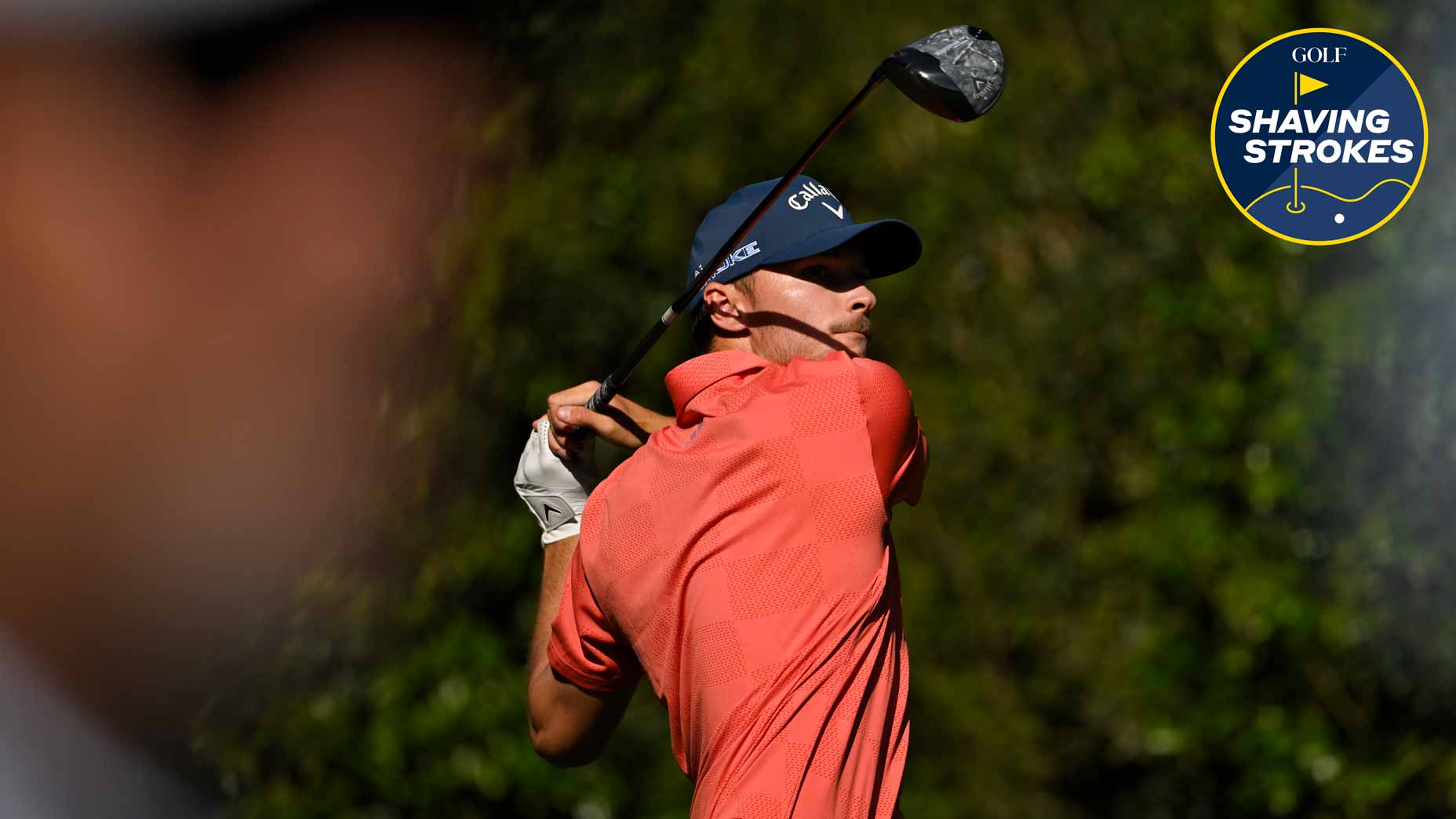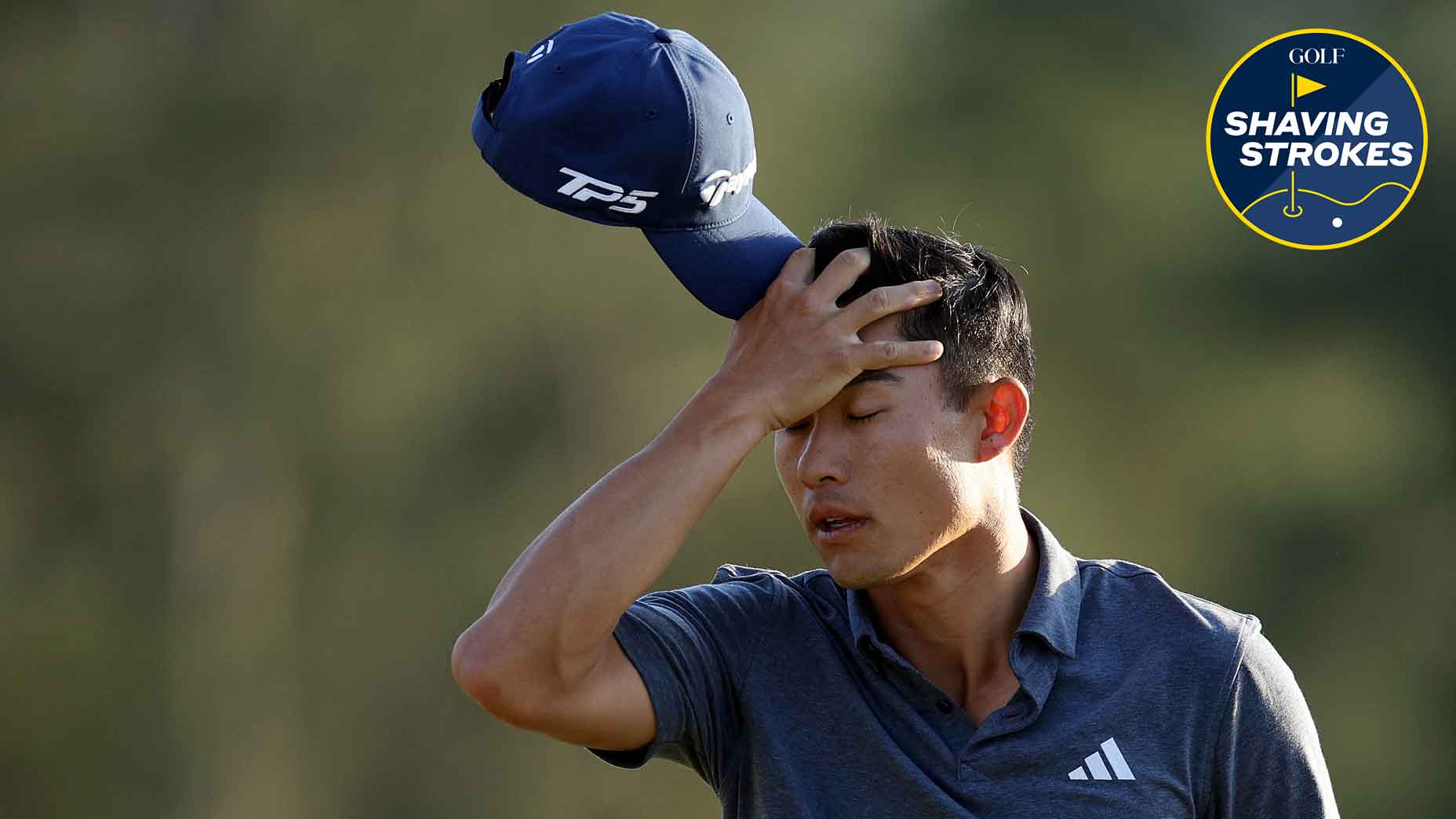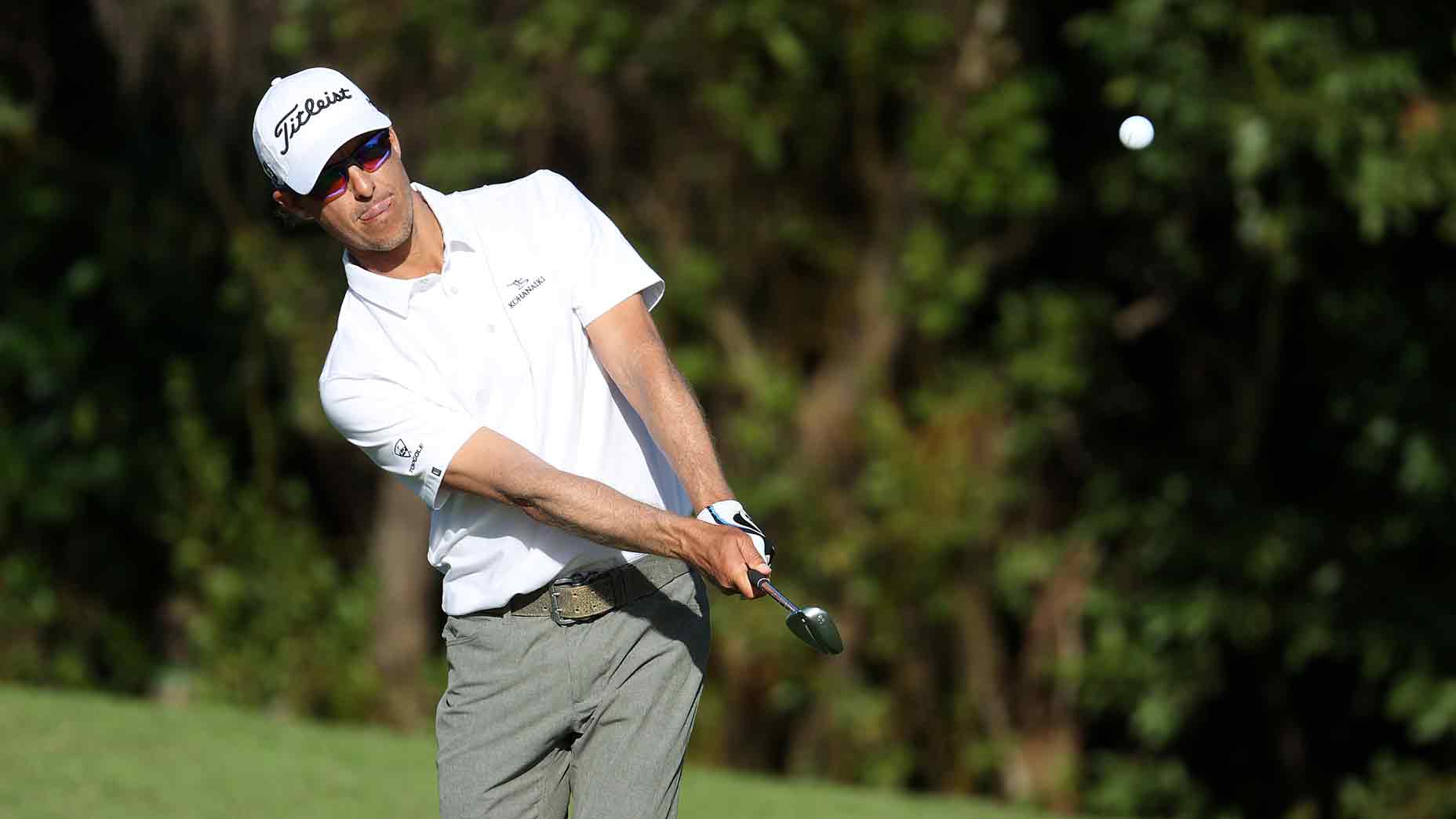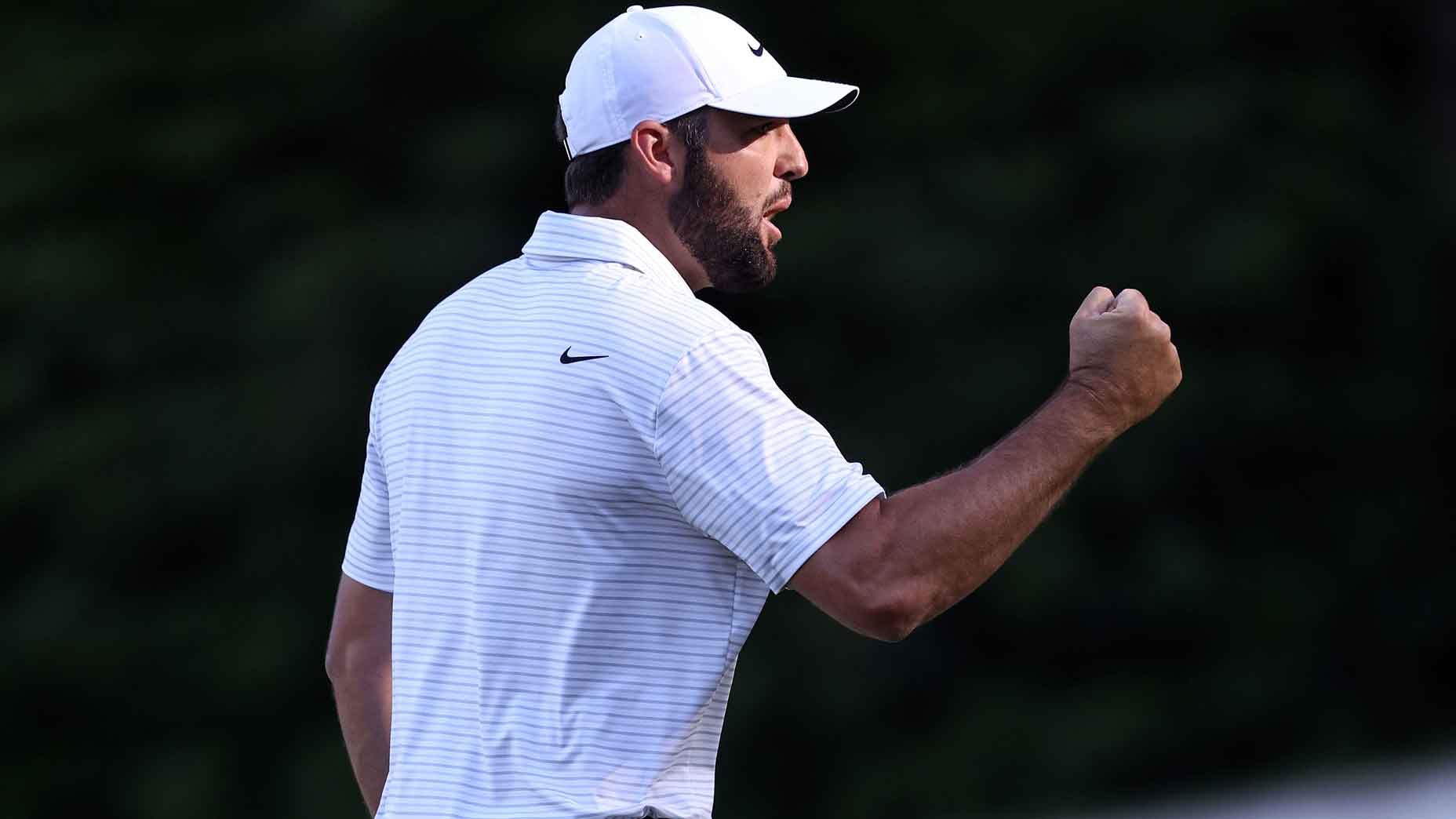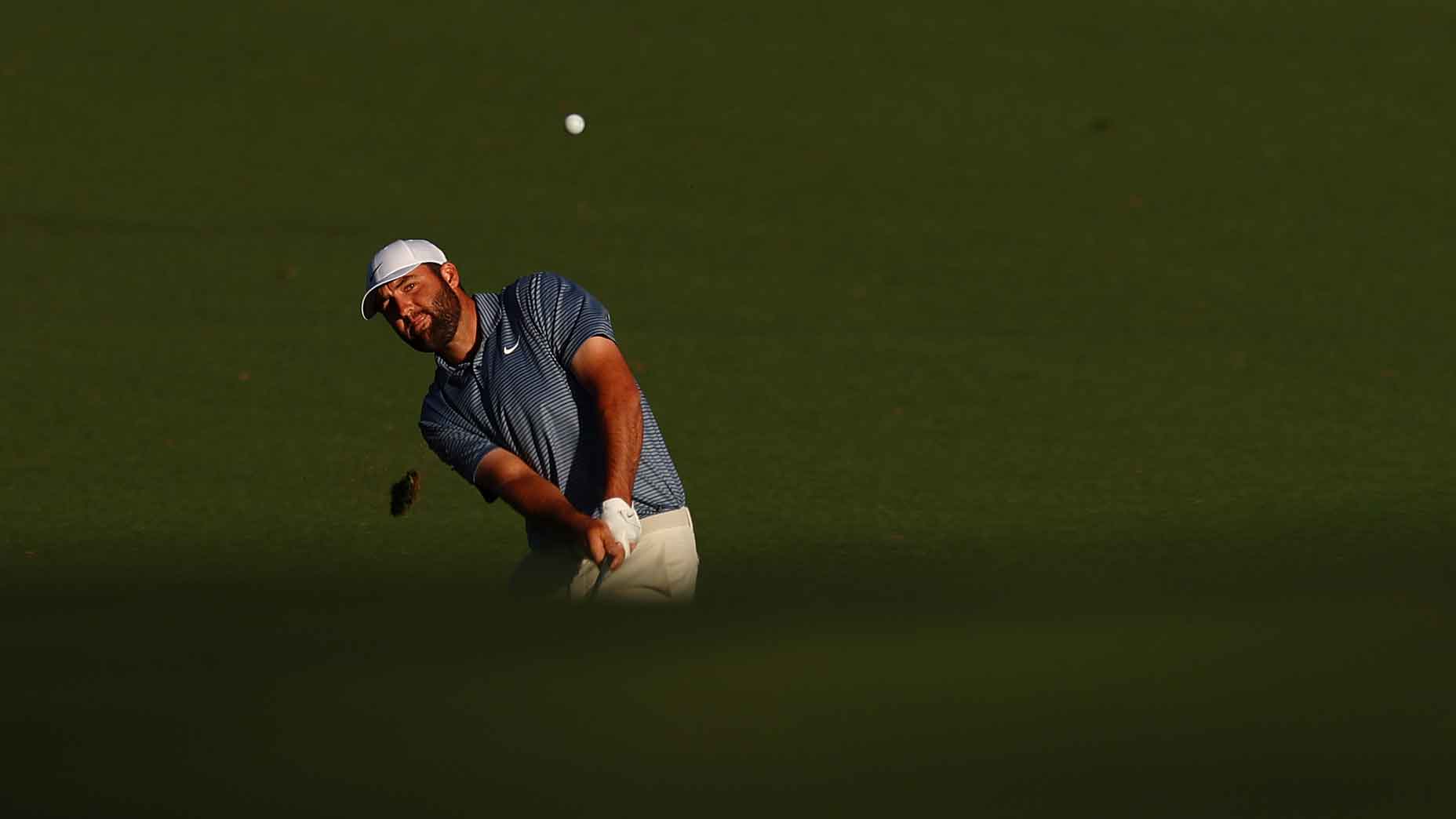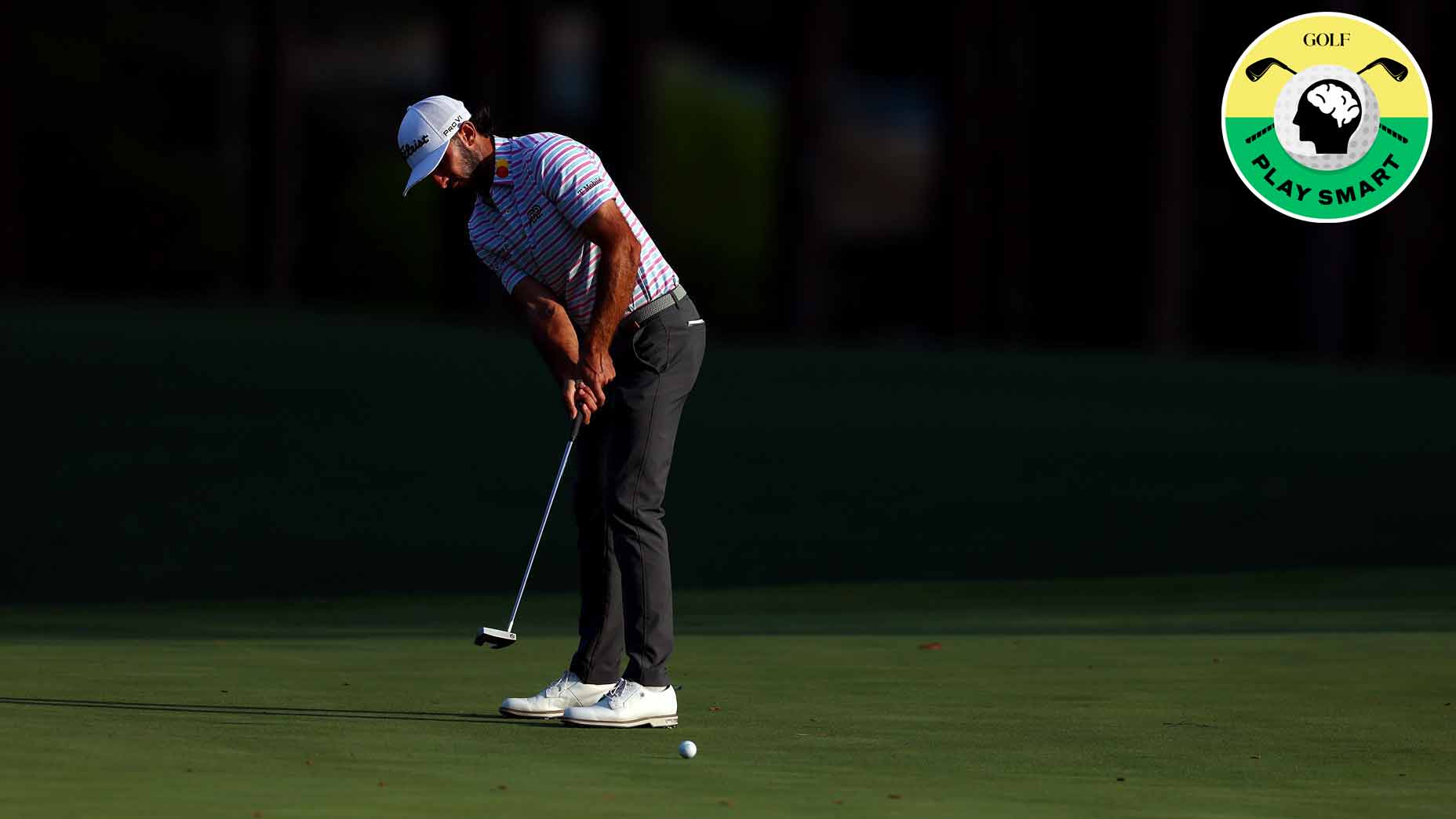3 putting-practice tips that will guide you to lower scores
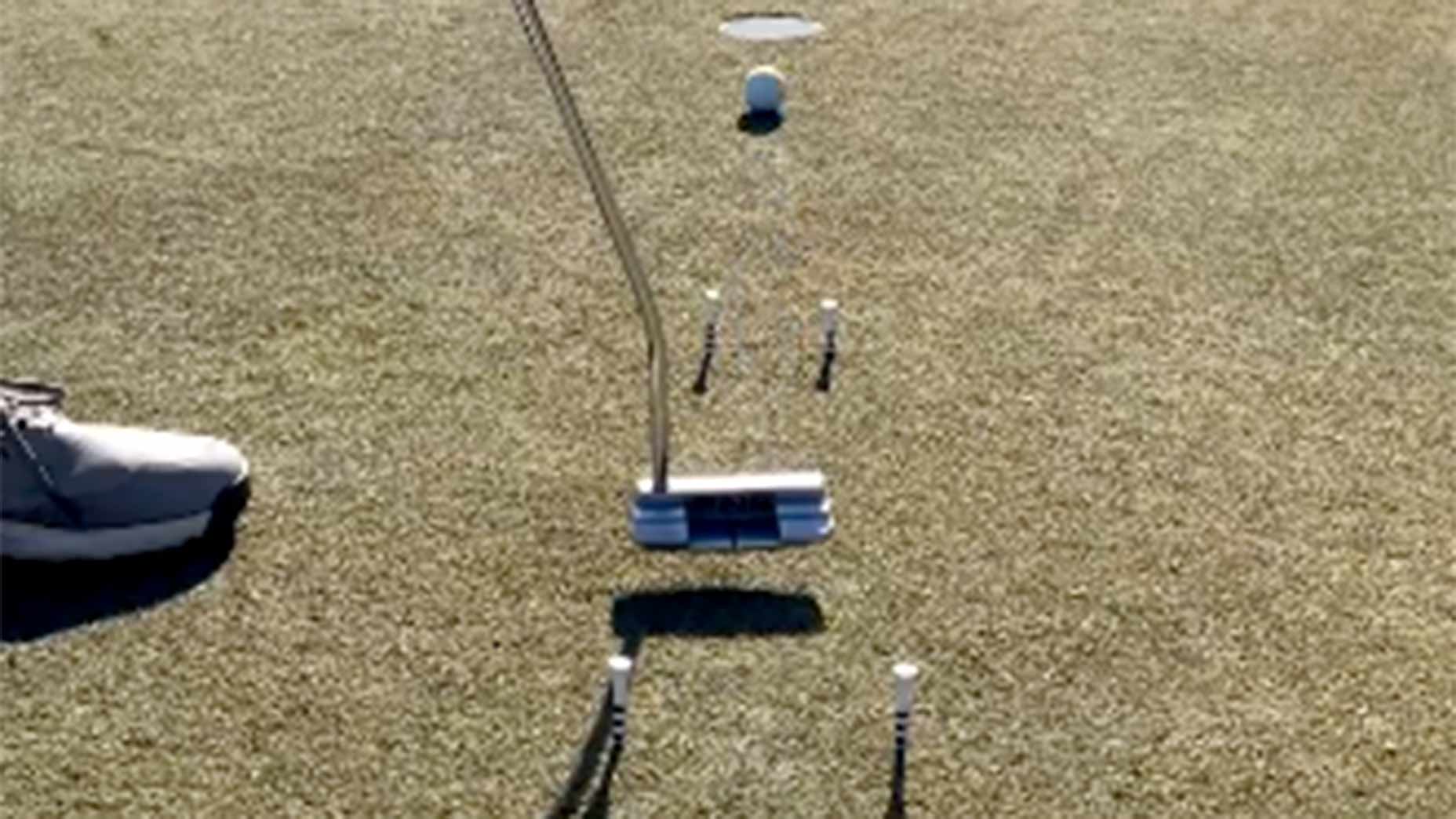
Struggling with your putting and don't know where to start? Check out these three putting-practice tips from golf coach Max Kettler.
@maxkettlergolf
If you’re one of those golfers who just simply heads to the tee box without getting in some putting practice, there’s a good chance your round could go south in a hurry. That’s because understanding how the ball’s rolling on the green and finding your stroke with the putter is critical to keeping scores low.
Since mastering the green takes both muscle memory and repetitions, golf instructor Max Kettler is here to offer up some of his most important putting-practice tips prior to playing your next round.
My favorite part about Kettler’s suggestions? They’re simple, and can be done anywhere — from the hardwoods in your kitchen to the hotel hallway. So there’s really no excuse not to implement them into your daily routine.
3 putting-practice tips that will guide you to lower scores
As Kettler recently posted to his Instagram account, the three most important putting-practice tips are as follows: start line, speed control and green reading. Any player who can master these will see major improvements with the flatstick.
1. Start line
According to Kettler, finding your start line is “probably the most important” tip of the three he lists in the video above. In order to get your start line, he suggests going about five feet from the hole and creating two tee gates, one for your ball to pass through and another for your putter to swing through. Simply putt as you normally would, keeping both the putter and ball in their respective gates. The goal is to sink 15 in a row.
2. Speed control
In order to find your speed on the green, Kettler says golfers should practice uphill putts. He suggests taking a club and placing it 2-3 feet behind the hole. Next, situate yourself about 10 feet from the hole with three golf balls. The goal is to sink at least one of the putts, while keeping the other two balls between the hole and the club barrier. As you complete the drill, challenge yourself by moving back in five-foot increments, going all the way back to 50 feet.
3. Green reading
When you read a green right, good things happen. When you do it wrong, well, you know the result. But to have more consistency reading greens, Kettler suggests going 10 feet from the hole and lining up your ball. Place a tee slightly beyond the hole, lining it up with where your ball is aiming. That way you can see how close your read was and learn from it. Finally, move yourself around the hole and keep reading different putts, giving yourself different looks on the green in order to get some putting practice in with a variety of breaks.




